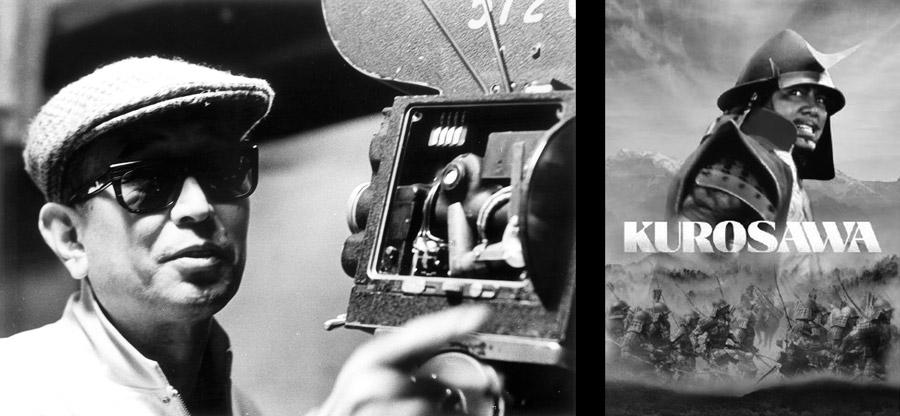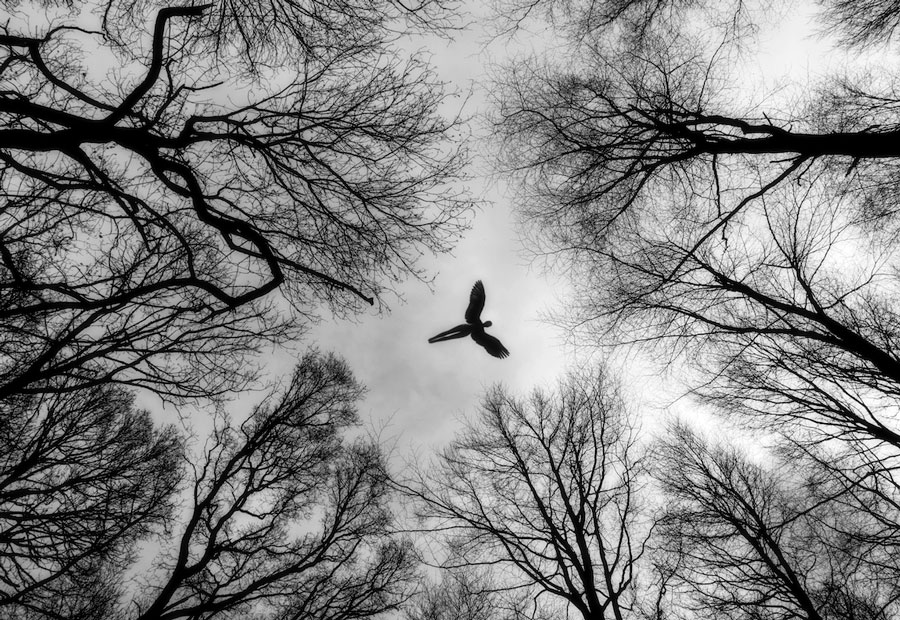The films of Akira Kurosawa are no stranger to reinterpretation. Seven Samurai laid the foundations of John Sturges’ The Magnificent Seven, which transposed the traditional Japanese samurai warriors for Western cowboys, while Yojimbo was infamously adapted by Sergio Leone for A Fistful of Dollars, a near carbon copy of Kurosawa’s samurai masterpiece which led to Toho suing Leone for infringement. Even today, Kurosawa’s work continues to be adapted for Western audiences; the recent Living by Oliver Hermanus is a retelling of Kurosawa’s Ikiru, with Bill Nighy’s London-dwelling city council member in place of Takashi Shimura’s bowler-hat-tooting Tokyo bureaucrat.
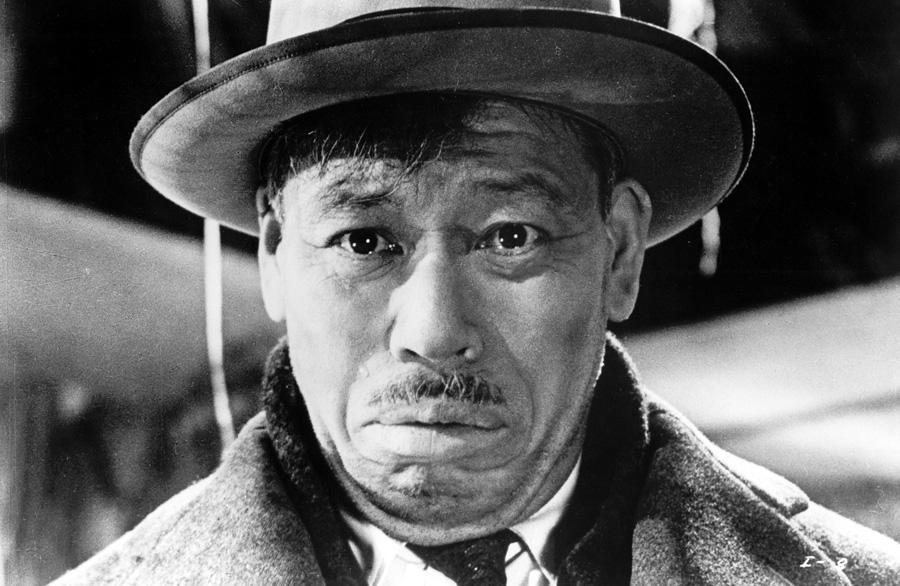

Despite influencing countless filmmakers, the pendulum swings both ways, with Kurosawa’s work often cited as being heavily inspired by Western cinema, particularly the films of John Ford. Kurosawa’s use of grandiose landscapes evokes the cinematography of Ford’s Western’s Stagecoach and The Searchers – capturing stunning horizons in cinematic wides – while his tendency to draw characters as anti-heroes, working against the status quo to rescue and protect the weak, even against incredible odds, echoes the gritty cowboys Ringo Kid and Reuben J. “Rooster” Cogburn. Just as John Wayne manages to fight off endless waves of Indians in The Searchers, Kurosawa’s titular seven samurai must take on the full might of a bandit gang.
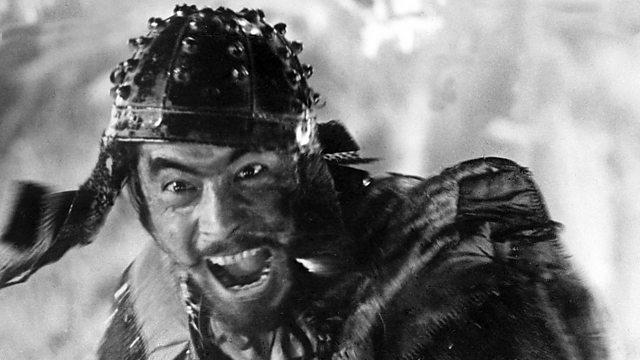
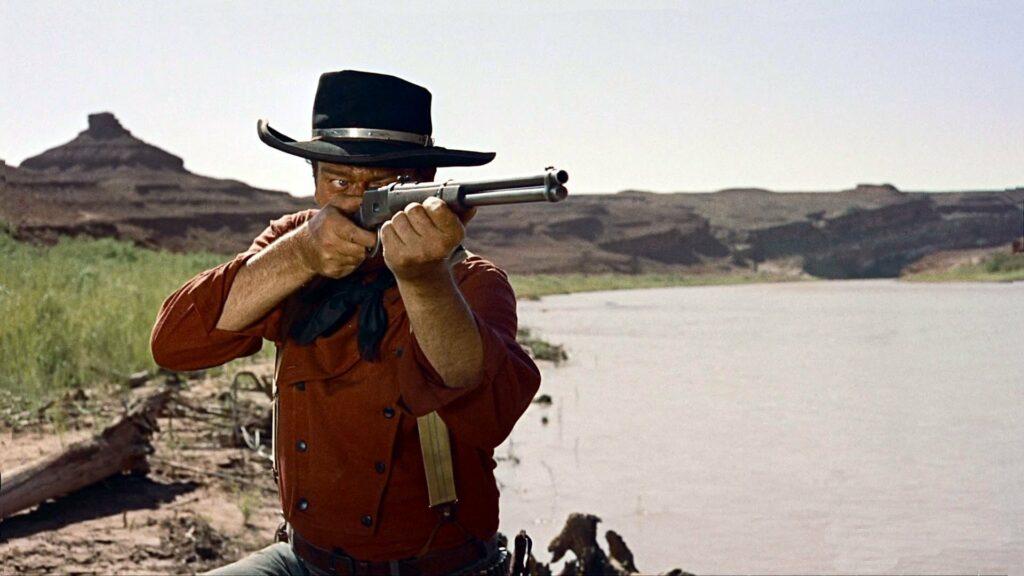
Kurosawa became known as “the most Western of Japanese directors,” which did more for him in the West than it did in Japan. Many of his early films were criticized by Japanese critics, seeing his Western style as a deviation from traditional Japanese storytelling. After years of American occupation, Japan had developed an anti-western ideology, and it wasn’t until Kurosawa gained international recognition for films such as Rashomon, Seven Samurai, Throne of Blood and, that his merit as a filmmaker was recognised in Japan.
Kurosawa’s Influence (on Star Wars)
Many of Kurosawa’s international cheerleaders came from the New Hollywood era of filmmakers. Directors such as Francis Ford Coppola, Steven Spielberg, George Lucas, and Martin Scorsese, who had been exposed to Kurosawa’s cinema while at film school, were central in bringing some of his late-career works to the international market. Kagemusha was co-financed by Lucas and Coppola, while Kurosawa’s Dreams was produced by Lucas and Spielberg, and starred Scorsese himself as Vincent Van Gogh. An avid fan of Kurosawa’s work, Lucas has cited the High and Low director as one of his chief inspirations, stating in an interview with Criterion that “[Kurosawa’s] visual style … to me, is so strong and unique … a very powerful element in how he tells his stories.”
So enamoured with Kurosawa, that you can find the director’s mark all over Lucas’s work. His landmark science fiction series, Star Wars, utilises Kurosawa’s signature wipe transitions, and wide shots that evoke the heroic imagery of Yojimbo and Seven Samurai.
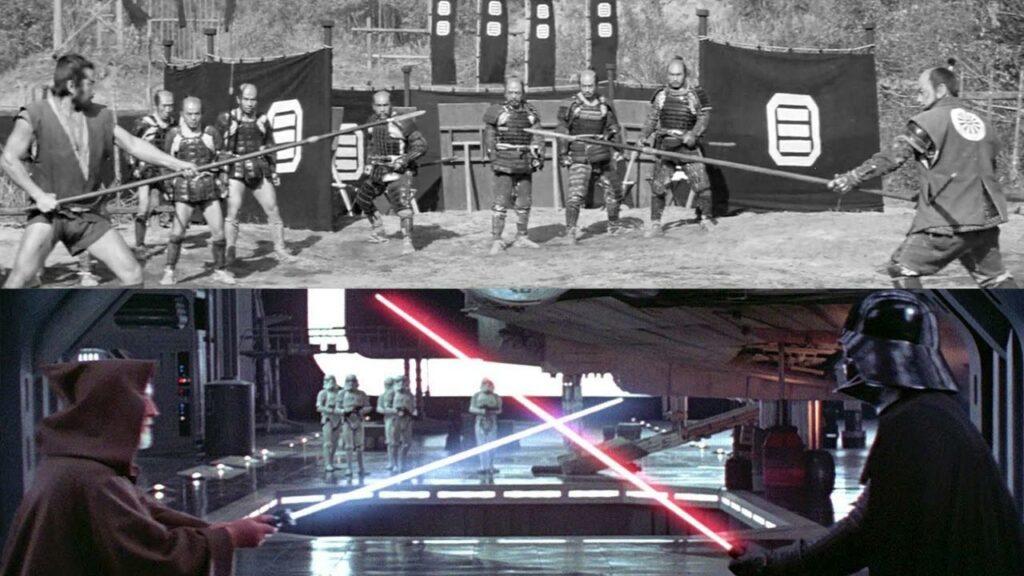
Transposing kendo swords for lightsabres and samurai amour (“yoroi”) for Darth Vader’s iconic suit, Lucas constructs Star Wars around a galactic civil war in place of Kurosawa’s more local conflicts in Yojimbo and Sanjuro. Even the mystical Force, can be traced back to Zen Buddhism, the religion of many of Kurosawa’s samurai warriors, which preaches non-attachment, mindfulness and Pratītyasamutpāda — a Buddhist doctrine which states that all beings are connected.
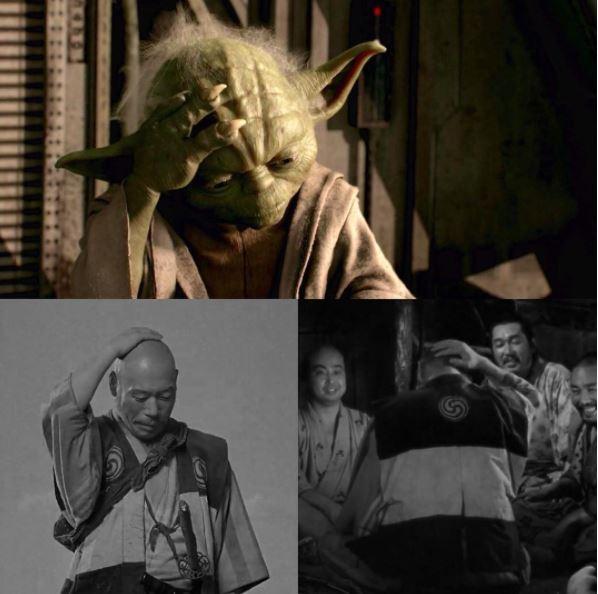
Star Wars is Kurosawa in space, tying in his anti-war politics, his human themes of spirituality, community and sacrifice, into a bow of operatic space bravado. So inspired by Kurosawa that Lucas originally wanted Kurosawa’s frequent samurai collaborator, Toshiro Mifune, to play Obi-Wan Kenobi. Unfortunately, Mifune passed on the role, leaving this cinephile wondering what the greatest Jedi Master would’ve looked like with the greatest samurai warrior in his boots. Oh, wait, he already did wear those boots, in The Hidden Fortress: Kurosawa’s jidaigeki masterpiece which shares many near-uncanny resemblances to Lucas’ galaxy, far, far away.
The Peasants (the Droids)
Set during Japan’s Sengoku period, in which civil war raged from 1467 to the early 1600s, The Hidden Fortress tells the tale of two peasants, Tahei and Matashichi (Minoru Chiaki and Kamatari Fujiwara), forced into homelessness due to the nationwide conflict. Beginning with a sequence in which Tahei and Matashichi flee the battleground of two warring factions, the Yamana clan and the Akizuki clan, a samurai is hunted and killed in front of them, and the two peasants argue about whether to steal from him.
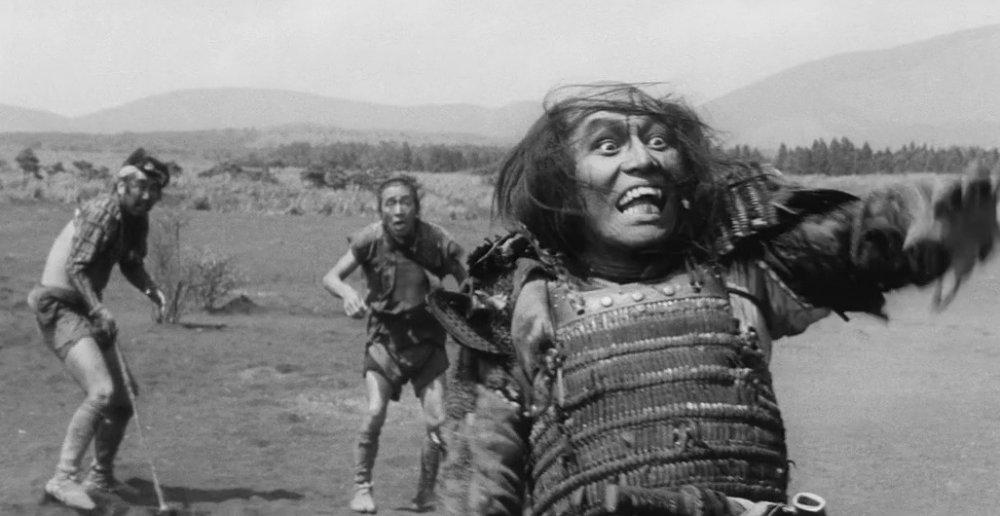
Deciding to split up, and venture in opposite directions, the peasants are eventually brought back together when both are captured and forced to dig through the ruins of the Akizuki castle in search of a secret reserve of gold. Sound familiar? Two bickering friends, at the lowest end of the class spectrum, who decide to venture apart in a destitute setting only to find themselves enslaved and forced into servitude by an industrial faction? How about if one of them was a gold-plated, silver-legged android and the other, an impulsive yet loveable rust bucket? (C3PO and R2D2 anyone?)
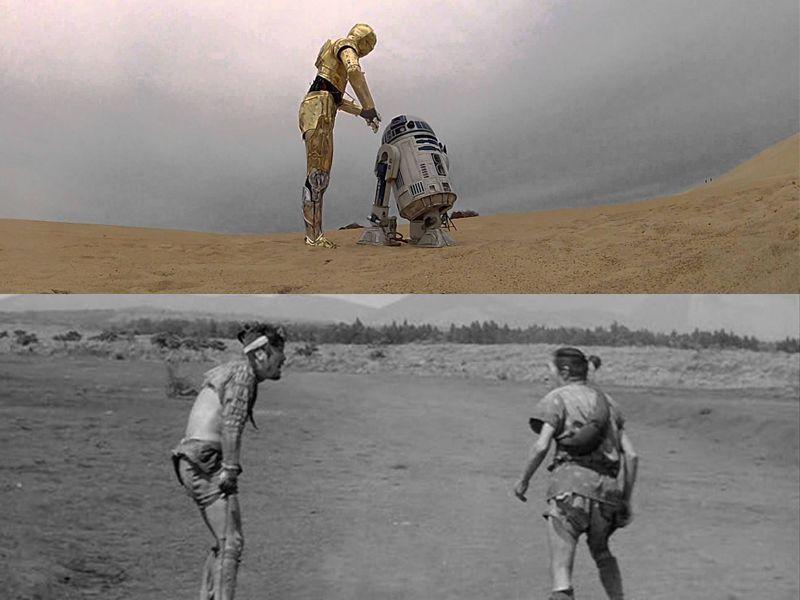
Soon enough, like Threepio and Artoo, Tahei and Matashichi escape from their slavers and find themselves bound to the hero of the film, Makabe Rokurōta (Mifune) who has been tasked with transporting the refugee Akizuki princess, Yuki (Misa Uehara), across enemy lines, along with a treasure trove of secret Akizuki gold. A fusion of both Han Solo and Obi-Wan Kenobi, Rokurōta is a legendary samurai general, dedicated to protecting Yuki, and the rebellion she inspires.
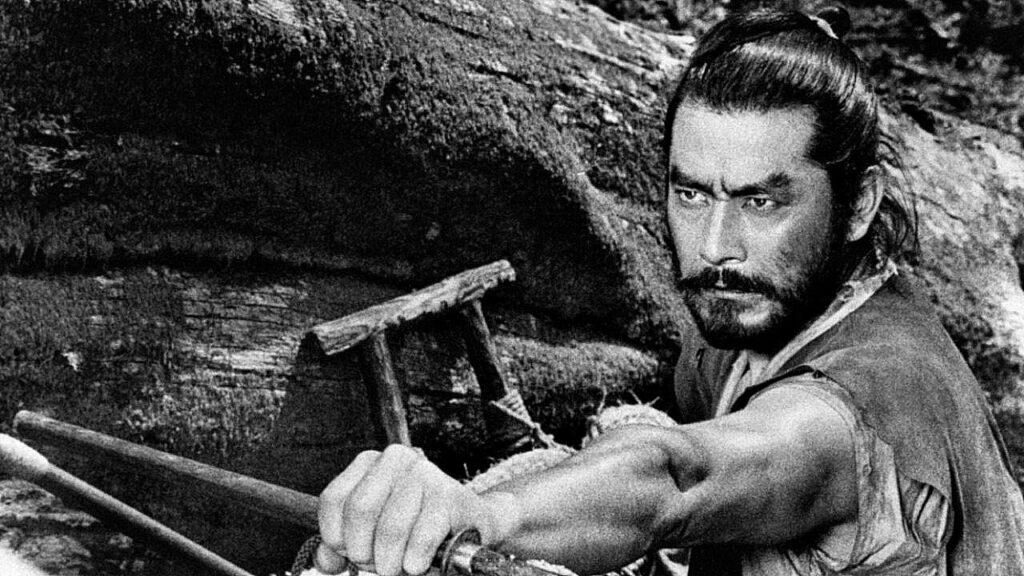
As Rokurōta battles enemy forces, the peasants battle their greed, jumping back and forth between stealing the gold and leaving or helping the samurai save the princess. Blundering through battlegrounds, surviving hijinks after hijinks, this misfit band of unsuspecting rebels form a bond of sorts. And while losing all their gold in the process, and suffering alongside the princess, the peasants relinquish their greed and discover the meaning of friendship. In the final scene, the princess rewards the peasants with a single ryō on the condition that they share it. They don’t squabble, and they don’t fight. Matashichi insists that Tahei keep the gold, and the film comes full circle. The peasants are paid and their greed is lifted, while order and peace are restored.
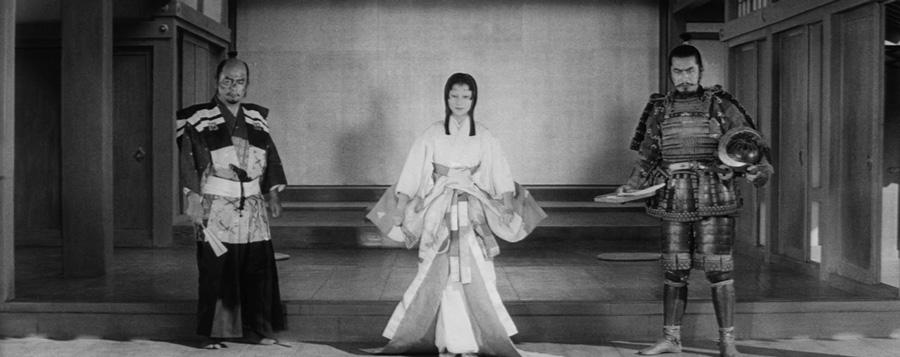
Now, again, while these motivations are placed upon different characters in Star Wars, with Han Solo choosing to forgo his greed and help the rebels take down the Empire at the end of A New Hope, the similarities are far too similar to ignore. Even Lucas himself has noted that when watching The Hidden Fortress, it was Tahei and Matashichi that inspired the likes of his bickering droids, stating in an interview with the BBC that:
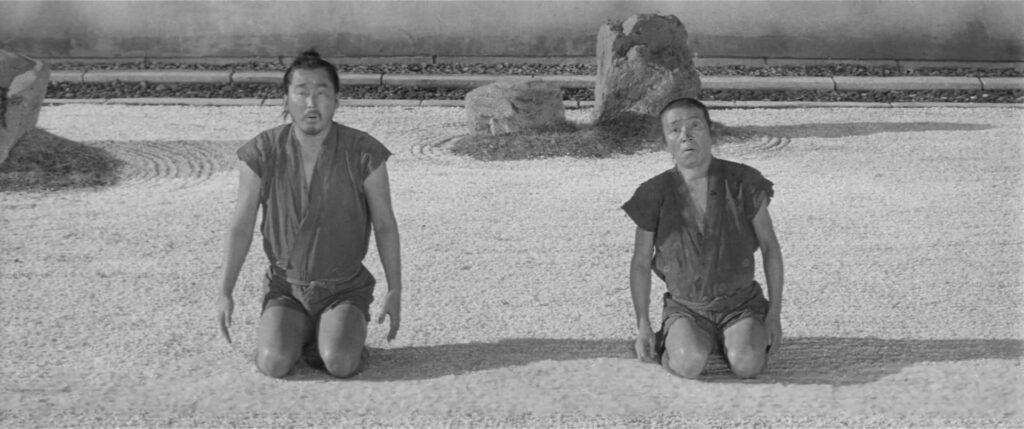
“The one thing that really struck me about The Hidden Fortress was the fact that the story was told from the [perspective of] the two lowest characters. I decided that would be a nice way to tell the Star Wars story, which was to take the two lowest characters, as Kurosawa did, and tell the story from their point of view, which in the Star Wars case is the two droids.”
The Princess (the Princess)
Yuki is another character of The Hidden Fortress that no doubt inspired Lucas when making Star Wars, with a boisterous attitude and keen wit that appear all too similar to a certain Alderaanian princess. The head of the Akizuki clan, who becomes the reluctant leader of a rebellion, Yuki is Kurosawa’s Leia and the emotional core of the film.
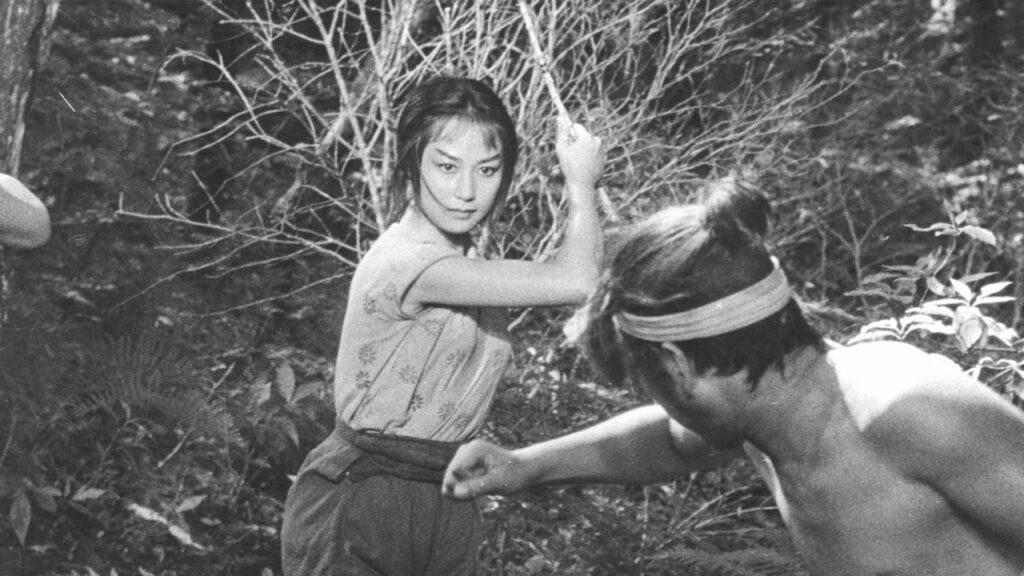
With no surviving family and the lives of her people on her shoulders, she is whisked from her hiding place inside the titular hidden fortress, travelling with Rokurōta, her Jedi-like bodyguard, and the peasants, Tahei and Matashichi, pretending to be mute to hide her identity. Experiencing life outside of her castle, Yuki develops an admiration and respect for the lives of her people. She rescues an Akizuki prostitute, seeing her as a mirror of herself. She experiences a traditional fire festival and is moved by the spirit of the dancing crowd.

As the film’s only image of a functional society, the fire festival presents an idealised vision of humanity, central to the film’s themes of social reconciliation and peaceful nation-building. At the time of release, Japan was still struggling to assimilate to life post-war and post-occupation, and in providing the image of idealised peace through traditional Japanese celebration, Kurosawa establishes a moral standpoint that lauds human connection over conflict.
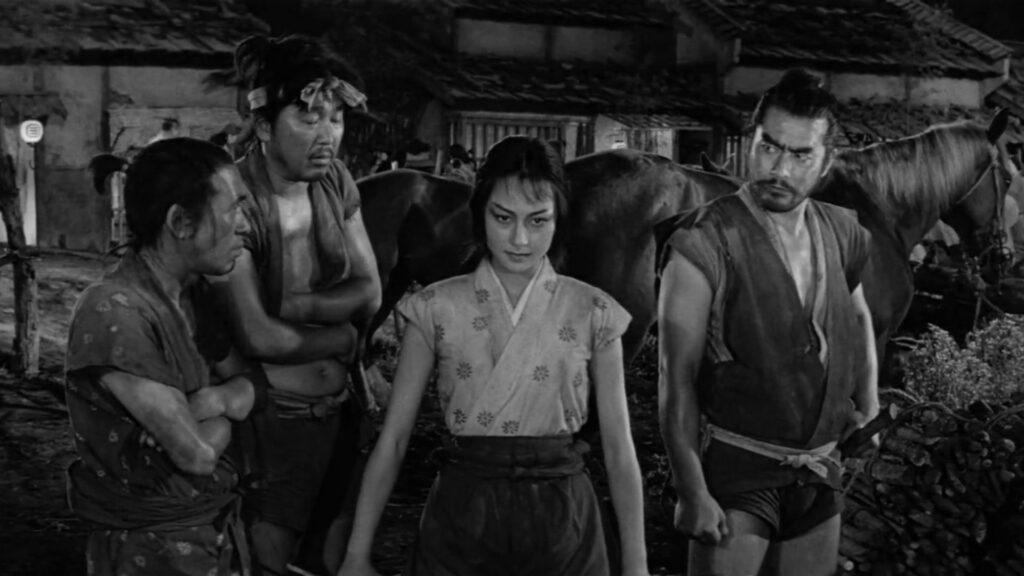
The film’s humanism is later cemented in a moment of crisis near the end, where the group is captured by a vengeful samurai. Yuki sings the song sung by the parade during the festival, celebrating her tumultuous journey across enemy lines by stating that she is unafraid of death, as she has now experienced life, in all its beauty and ugliness. The journey through war-torn Japan has moved Yuki to the point where she values all human beings as equal. Moved by her chanting, the samurai sets the group free, joining the princes and fighting back against the tyrannical Yamana clan. Just as Kurosawa presents the film through the eyes of the lowest of society (the peasants), dispelling class and prejudice – if only for the adventure (the princess still retains her position at the end) – Yuki’s growth projects a final moral message; that no one person’s life is worth more than another’s.









































